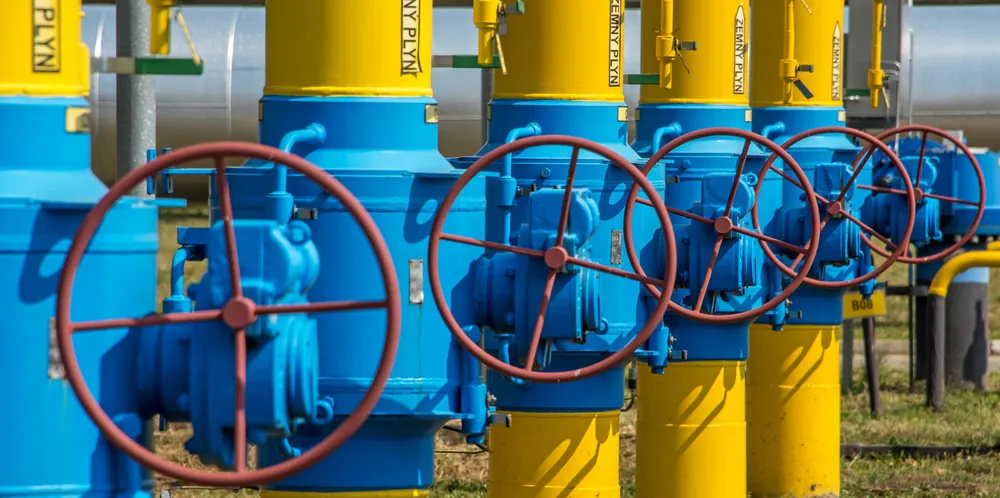EU ends funding for natural-gas pipelines with shift to power and hydrogen
Billions of euros for energy infrastructure will now be focused on renewables-fed power lines and clean H2

Billions of euros for energy infrastructure will now be focused on renewables-fed power lines and clean H2
